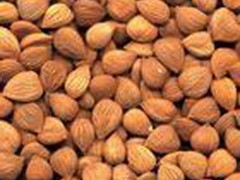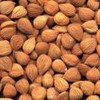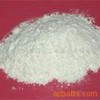1. Plant sources:
Amygdalin is derived from the Rosaceae peaches Prunus persica (L.) Batsch seed, almond, apricot seed P.amygdalus Batsch P. Armeniaca L. seed, seed Lee P.Salicina Lindl., P.mume (Sieb.et Zucc. seed kernel, Crataegus oxyacantha Linn England Hawthorn, day 5, (R)-Latin name Sorbus: mountain ash bark tianschanica Rupr., Eriobotrya japonica (Eriobotrya japonica Thunb.)
2. Product information:
1). Chinese name: almond glycosides;
2). English name: amygdalin ;
3). Other name:amygdalin; Mandelonitrile-β-gentiobioside; Amygdaloside; Laetrile; VB-17;4). Chemical name: Benzeneacetonitrile, α-[(6-O-β-D-glucopyranosyl-β-D-glucopyranosyl),
oxy]-Semen armeniacae amarum;
5). CAS NO: 29883-15-6;
6). Spec: 98%/ (HPLC);
7). Molecular formula: C20H27NO11;
8). Molecular weight: 457.42;
9). Pharmacological effects: This product began to treat patients with cancer in 1845 years: cancer and enhance immunity. Some people think that amygdalin can control and prevent cancer. for cancer patients and those who want to enhance immunity.
Symptoms: Cancer resistance have the possbility of weakening.








